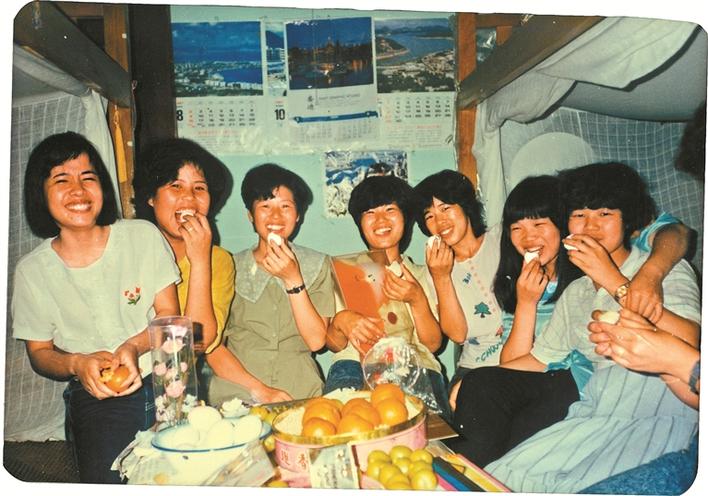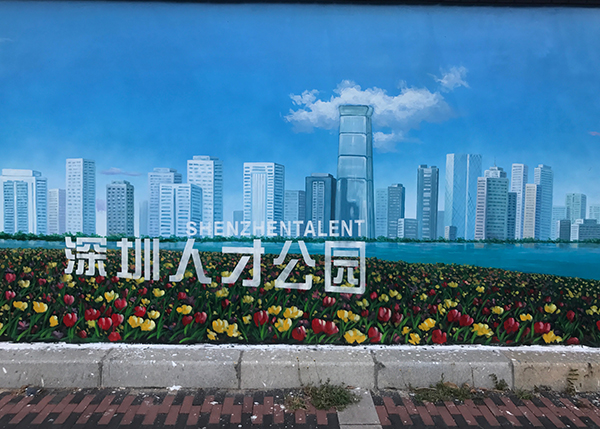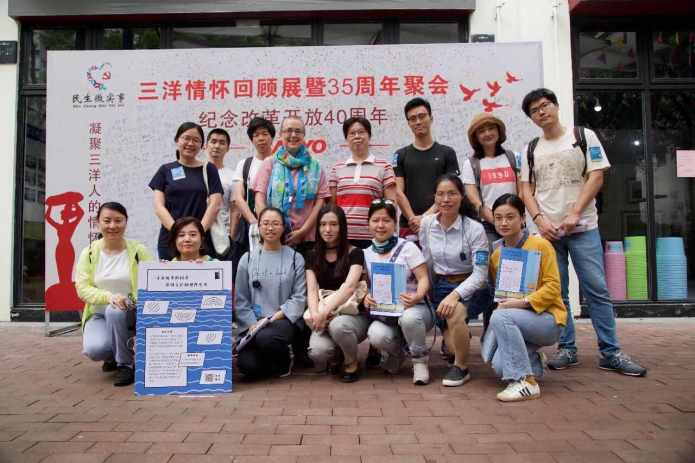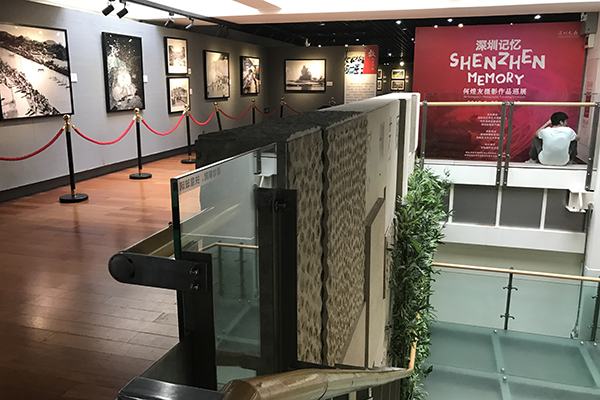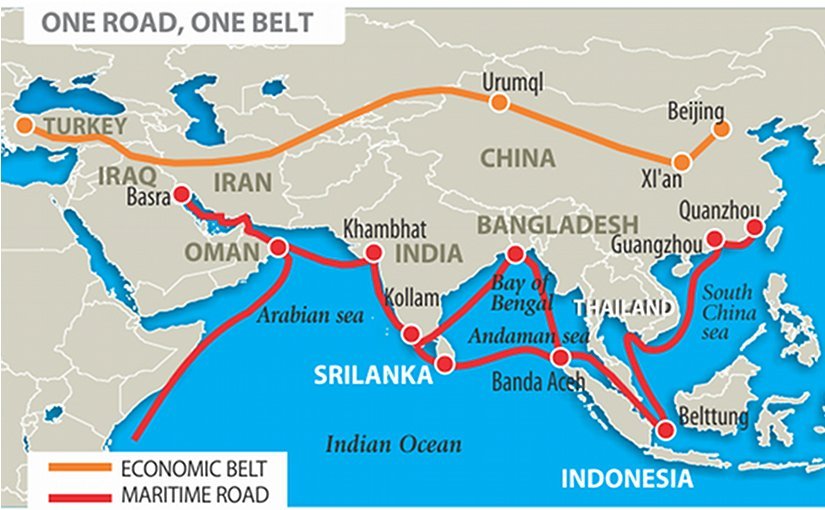The history of the city is underfoot and can, when the light is clear, old waters shimmer into awareness. Twenty years ago (give or take) Houhai Avenue and New Shekou Road met at a 90 degree angle. To the northeast was the entry to Dongjiaotou Port, where sand, building materials and “unauthorized stuff” were brought in. The port entry faced a gas and oil supply station, which was located at the northeastern foot of Shekou Hill, behind the hill, away from the water, where there were docks for ships to anchor.
Today, I noticed the intersection is an intersection. Both the entryway to the port and the gas supply station are under construction, as is the former dock area. The northeastern and northwestern corners of the intersection remain unchanged and thus are showing their age. In the northeastern corner is the Shekou #4 pump station, which was built as a work unit compound. In the northeastern corner is an older Shekou administrative building that looks abandoned?
Point du jour: the intersection is an uncanny reminder of the coastline that is no longer. Walking west along New Shekou Road, you enter that once-upon-a-time coastline. At Wanxia Road, you turn north to enter Wanxia Village and south to enter Fishing #2 Village. A few meters ahead is Old Shekou Street, follow it west to the Industrial Zone. Below, pictures of the intersection four corners. Imagine salt in the air, the approach of ships, and workers on bicycles navigating muddy roads…






